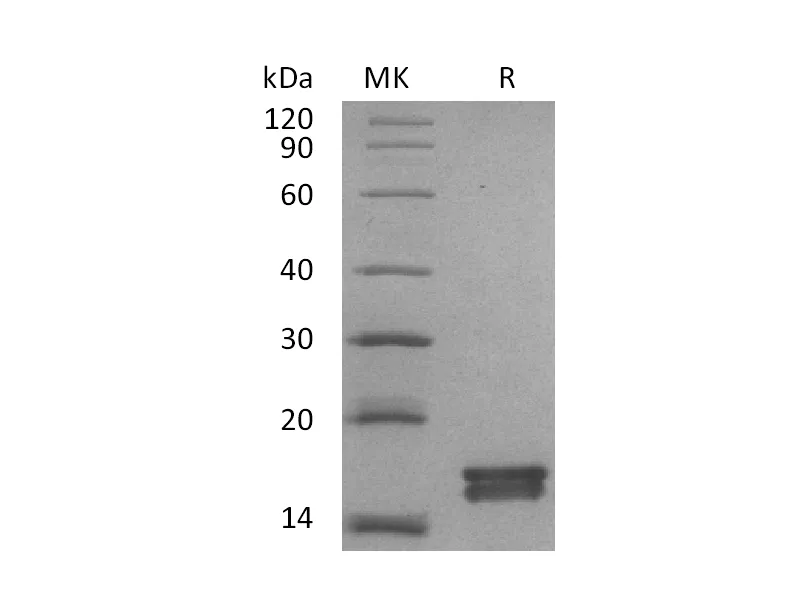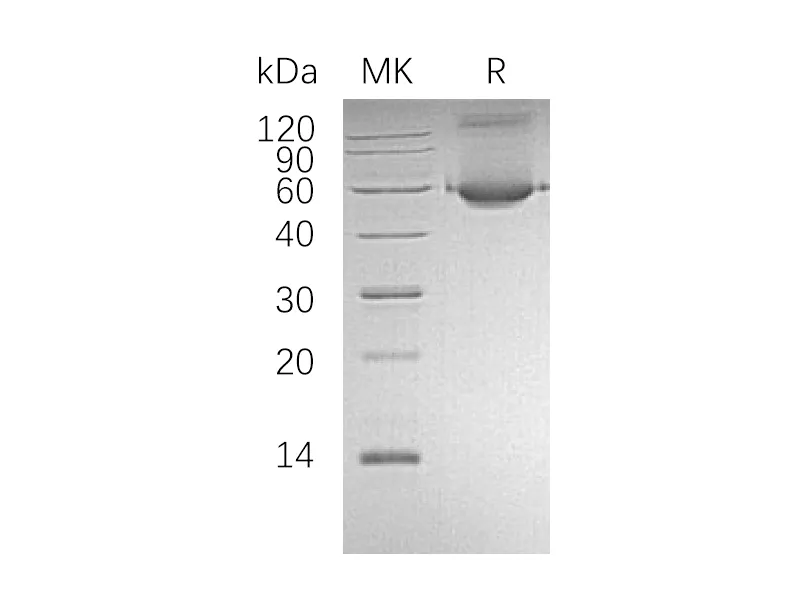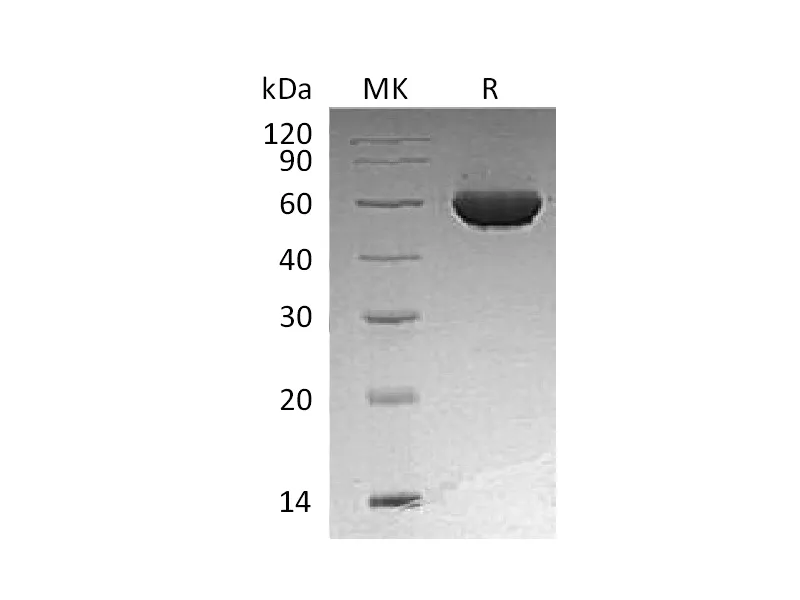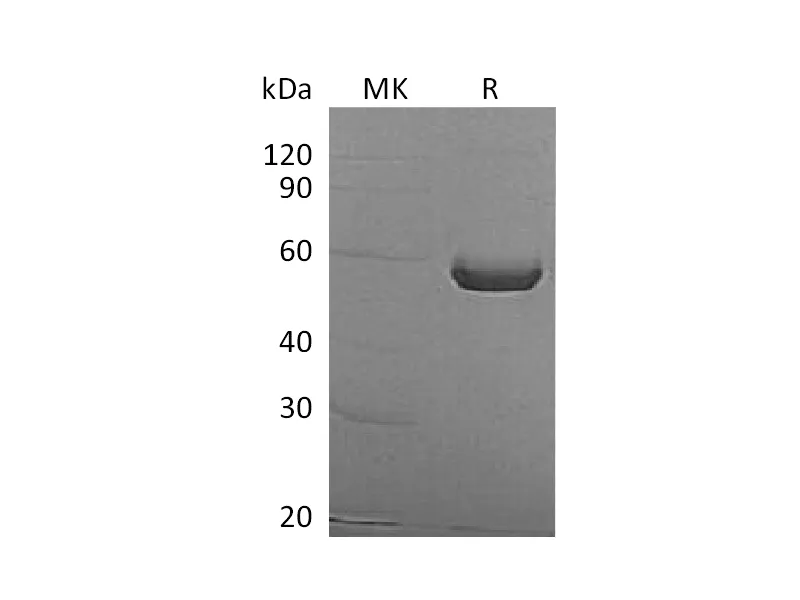Alternative Names
Exostosin-like 2; Extl2; Alpha-1;4-N-acetylhexosaminyltransferase EXTL2; Alpha-GalNAcT EXTL2; EXT-related protein 2; Glucuronyl-galactosyl-proteoglycan 4-alpha-N-acetylglucosaminyltransferase
Background
Exostosin-like 2 (EXTL2) is a member of the exostosin (EXT)-related family which contains five members: EXT1, EXT2, EXTL1, EXTL2, and EXTL3. Studies have shown that EXT gene family members have the activities of heparan sulfate-synthesizing glycosyltransferases. EXT1 and EXT2, which have been identified as causal genes for hereditary multiple exostoses, have HS-GlcAT-II and GlcNAcT-II activities. EXTL1 has GlcNAcT-II activity and EXTL3 has GlcNAcT-I and -II activities. EXTL2 has GlcNAcT-I and N-acetylgalactosaminyltransferase activities, and transfers a GlcNAc residue to the tetrasaccharide linkage region when this region is phosphorylated by a xylose kinase 1 (FAM20B) and thereby terminate chain elongation. In mice, lack of EXTL2 causes glycosaminoglycan (GAG) overproduction and structural changes of GAGs associated with pathological processes.
Note
For Research Use Only , Not for Diagnostic Use.




